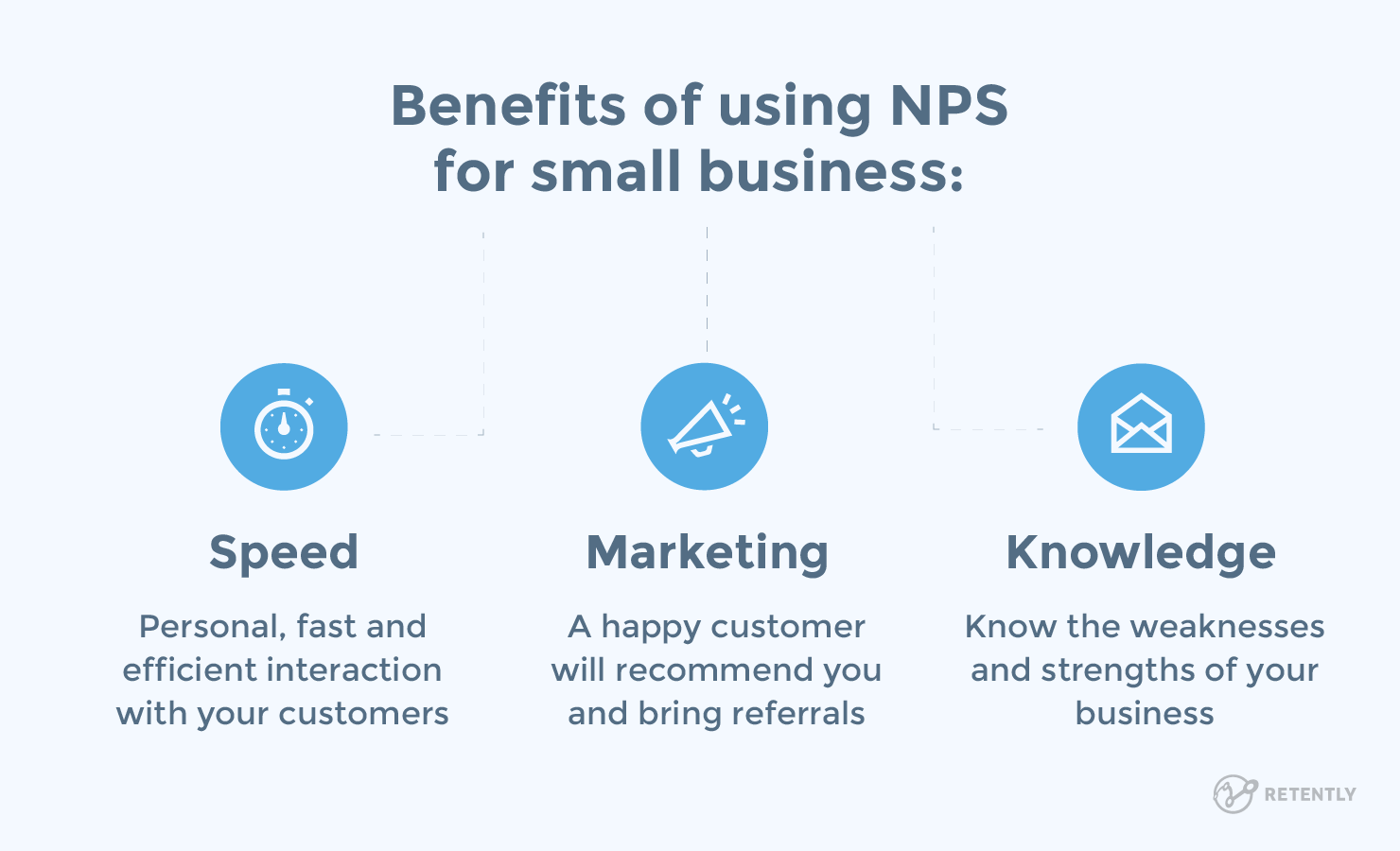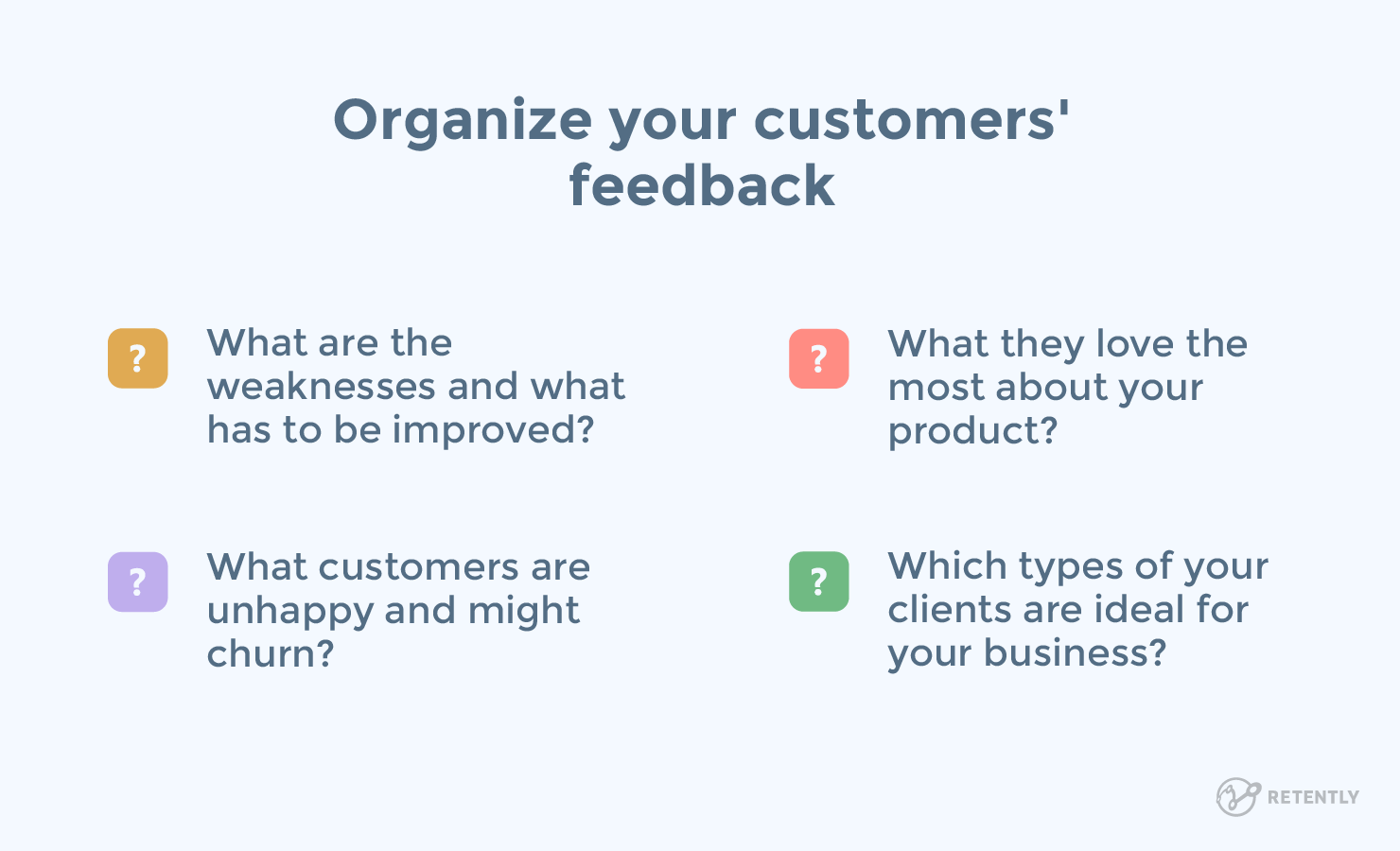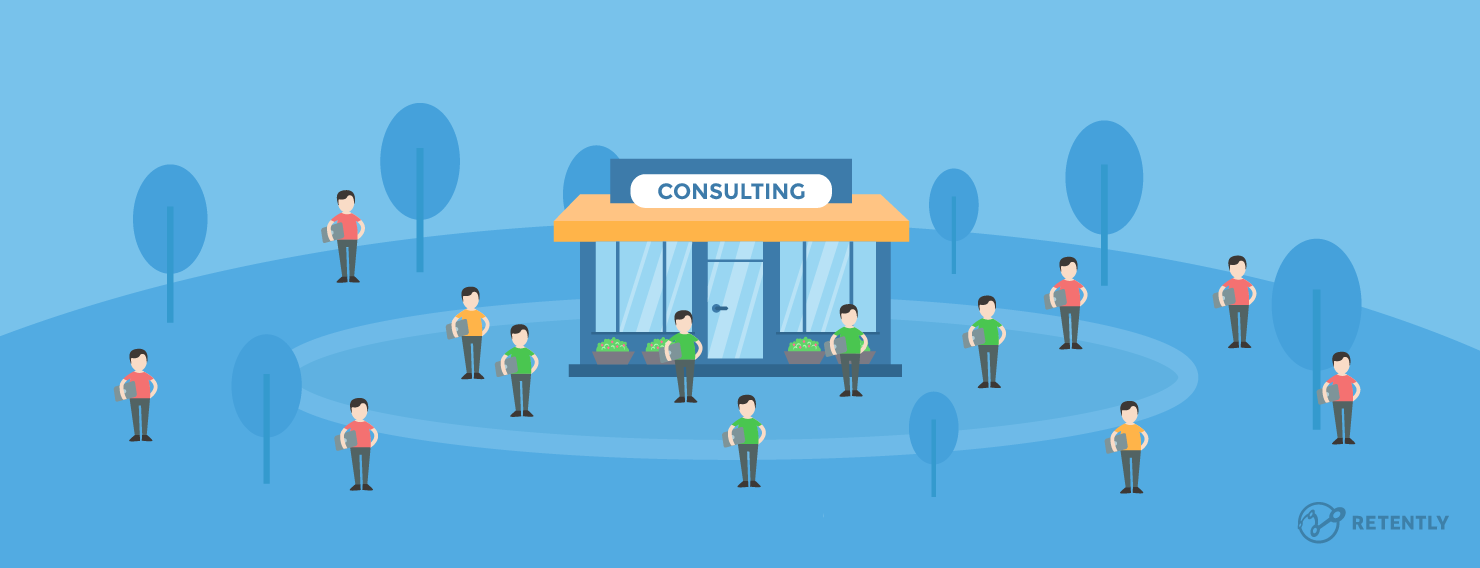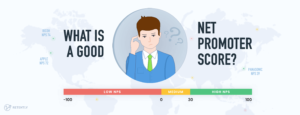From GE to Apple, many of the world’s biggest companies use Net Promoter Score® to measure and track customer sentiment. Most swear by NPS® as the most accurate and effective means to measure loyalty and satisfaction among customers.
But what if you’re not one of the world’s largest companies? What value can NPS provide for your much smaller, more hands-on business?
Most people associate Net Promoter Score with big businesses due to its usage by large brands and Fortune 500 companies. Bain & Company, which developed NPS, estimates that two-thirds of the Fortune 1000 use Net Promoter Score to track customer satisfaction and loyalty.
The popularity of the Net Promoter Score among big companies doesn’t mean it’s less useful for solo businesses – in fact, it means quite the opposite. As a small, one-person business, you can benefit even more from using Net Promoter Score to assess client satisfaction.
Here’s why:
- As an individual, you receive feedback directly from clients and can take action almost immediately. If a client is unhappy, you can reach out right away. If they’re very happy, you can touch base to thank them for their business. This speed is an advantage that larger companies don’t have.
- Approximately 65% of new business comes from referrals, making word of mouth your most valuable marketing channel. Since you don’t have the multi-million dollar marketing budget of a Fortune 1000 brand, maximizing referrals from happy clients is an excellent way to bring in new clients and fuel your service business’s growth.
- Net Promoter Score gives you an accurate read on the quality of your service, sourced from a diverse sample of your clients. By tracking your business’ NPS, you gather full knowledge of its strengths and weaknesses.
Bringing Net Promoter Score into your business is simple, and the results of implementing NPS principles can be immediate. Below, we’ve put together a straightforward process for using NPS to learn more about your clients, earn more referrals and generate more business.

Value qualitative feedback as much as your NPS itself
When using an NPS service to send a survey to your customers, you get both a quantitative score (a rating from 1 to 10 of the likelihood of the client recommending you to their friends or colleagues) and qualitative feedback.
For a service provider, the qualitative feedback you receive is just as valuable – and perhaps even more so – than the provided score.
The reason for this is simple: a score gives you an idea of what each client thinks of your service. Text feedback explains why they have this impression.
By digging into the qualitative feedback you gain from surveying your clients, you can learn not only why they like your service, but also what aspects they might dislike.
For example, an analysis of the feedback you receive from Promoters is a great cross-section of your service’s strengths. Review what clients love about your service and you’ll discover the key types of value you provide, giving you clear benefits that you can highlight to new prospects.
Take a look at what Passives have to say about your service and you’ll uncover minor adjustments that can transform you from good to great. Similarly, review feedback from Detractors and you’ll identify your biggest weaknesses and pinpoint areas where improvement is essential.
As a service professional, one of your advantages is the ability to respond to specific feedback quickly. Take qualitative feedback seriously, and don’t make the mistake of viewing NPS as solely a quantitative metric.
Sort feedback to learn what your clients like the most
If you have an active base of more than 100 clients, you can sort their feedback into categories to learn what they love the most about your service.
Help desk software company Groove used this tactic when it first started using NPS. That’s when they found that one of its features – the simple user interface – was listed as the feature customers valued the most.
Sorting the feedback you receive from clients can help you identify which aspects of your service have the greatest positive effect on your average level of customer satisfaction.

You can also find opportunities to improve your service and generate more revenue while earning better feedback.
For example, if customers consistently rank price as the aspect of your service they like the most while expressing concerns about service quality, you can deduce that an increased focus on quality is a wise investment, even if it leads to a slight price increase.
In addition to sorting and categorizing feedback, it’s important to organize the sources of that feedback. If you have a diverse client base — for example, small businesses, individuals and larger companies – group feedback into categories based on their type of business.
By effectively sorting both your feedback and its sources into categories, you’ll learn which types of clients are an ideal fit and which aren’t a good match for your business.
Use a low score as an opportunity to win back Detractors
As an individual, rather than part of a large company, you’re in an excellent position to take swift action and win back clients after receiving negative feedback.
An astonishing 89% of customers claim they would switch to a competitor following a poor experience. Respond promptly and positively to their concerns and you can win back a large percentage of upset or disappointed clients, and even convert many into valuable Promoters.
This is called “closing the loop” and it’s an essential aspect of customer retention. When a client provides feedback through NPS, they enter into a loop. This feedback loop lets you learn from their input and subsequently use it to improve your service.
One of our articles reveals why closing the feedback loop is important. Aim to delight Detractors by offering to fix the issues they highlighted (or better yet, going above and beyond to deliver an experience that exceeds their expectations), and you’ll win many of them back.
As a service provider, each individual client holds a significant lifetime value. Act quickly if and when you discover a client is a Detractor and you could turn them into an enthusiastic Promoter.
Understand statistical significance and margin of error
Since one-person service businesses have far fewer clients than the average product business, it’s important to understand how a lack of statistical significance can affect your Net Promoter Score.
When surveying a small audience, statistical noise – unexplained variations that occur due to a small sample size – can affect your data. The smaller your audience, the greater the level of noise, leading to large swings in your Net Promoter Score that might not be entirely accurate.
Before you assign too much value to a single month’s Net Promoter Score, calculate the margin of error based on the size of your survey audience. If your client base is small, reaching a statistically significant Net Promoter Score will take longer.
This post on StackExchange offers more insight into how sample size can affect your NPS as a customer satisfaction metric, as well as how a small sample size can affect the accuracy of each customer “bucket”.
Start using NPS to retain clients and generate more referrals
As a freelancer, consultant, or service professional, Net Promoter Score is a highly effective tool for retaining clients, learning how people feel about your service and increasing the number of referrals you receive.
Retently helps you automate Net Promoter Score, letting you generate valuable customer feedback while you focus on running your business. Sign up and launch your NPS campaign today.






























 Greg Raileanu
Greg Raileanu 

 Alex Bitca
Alex Bitca 



 Christina Sol
Christina Sol